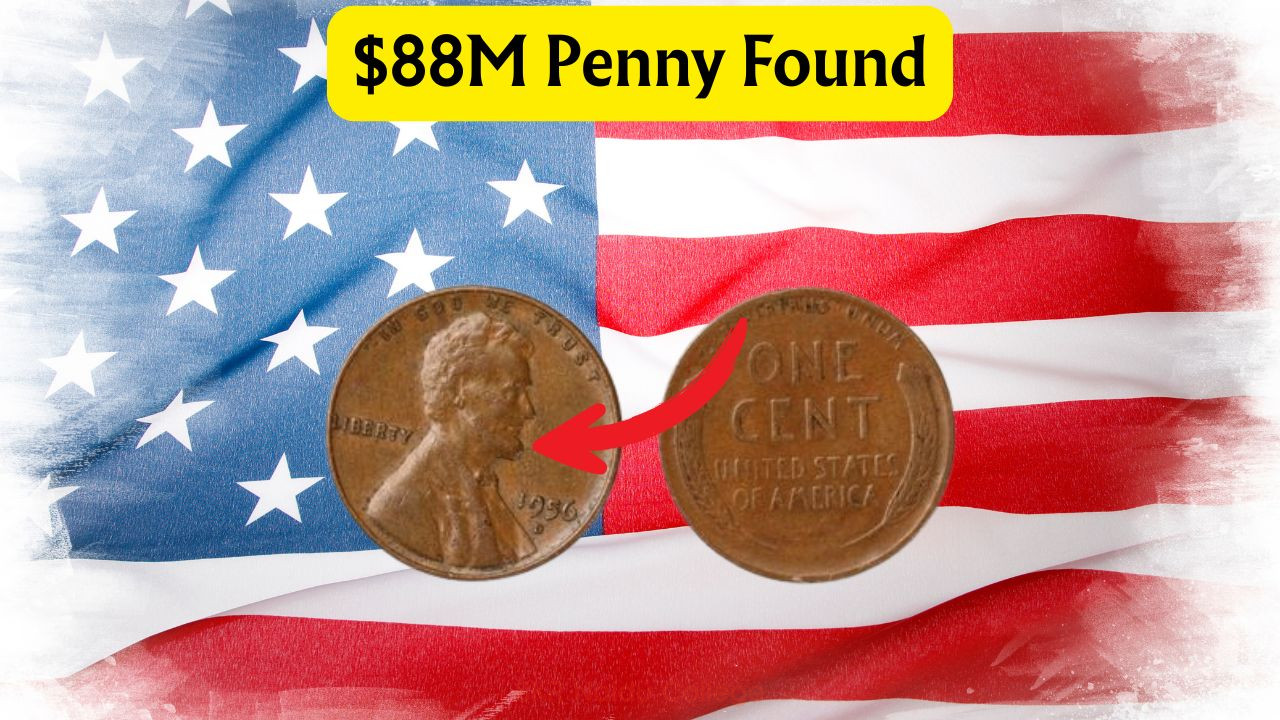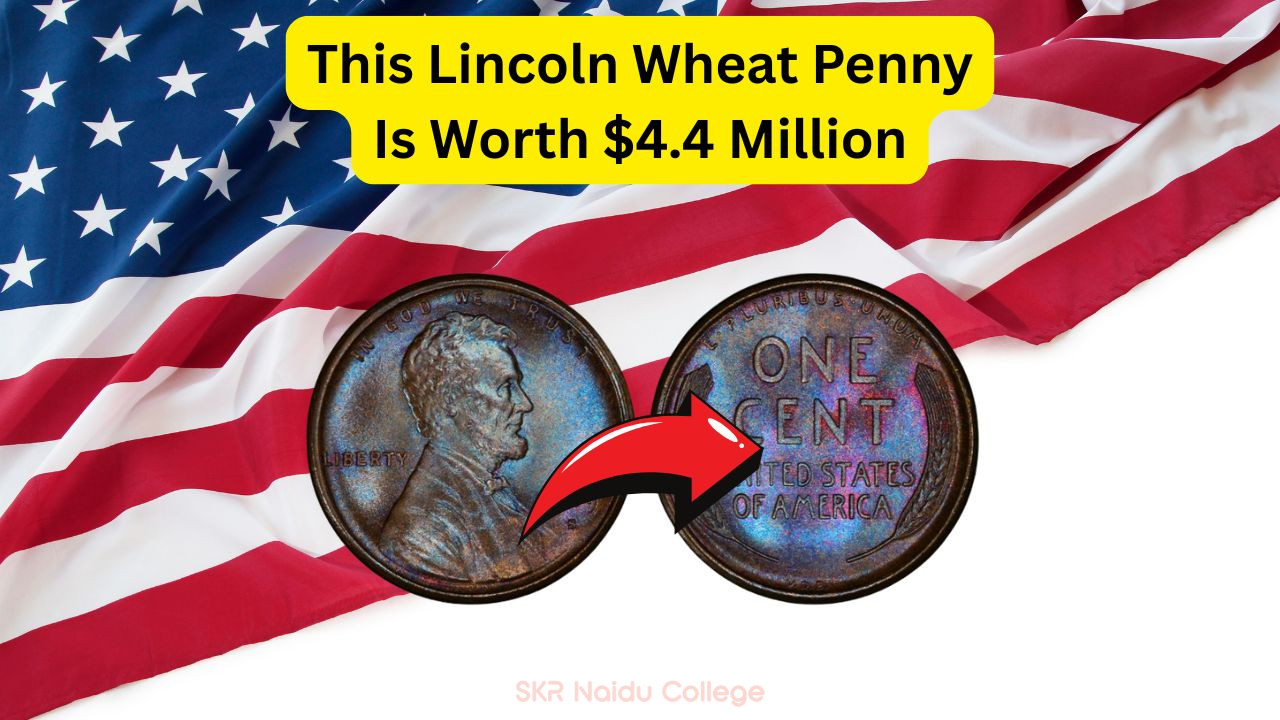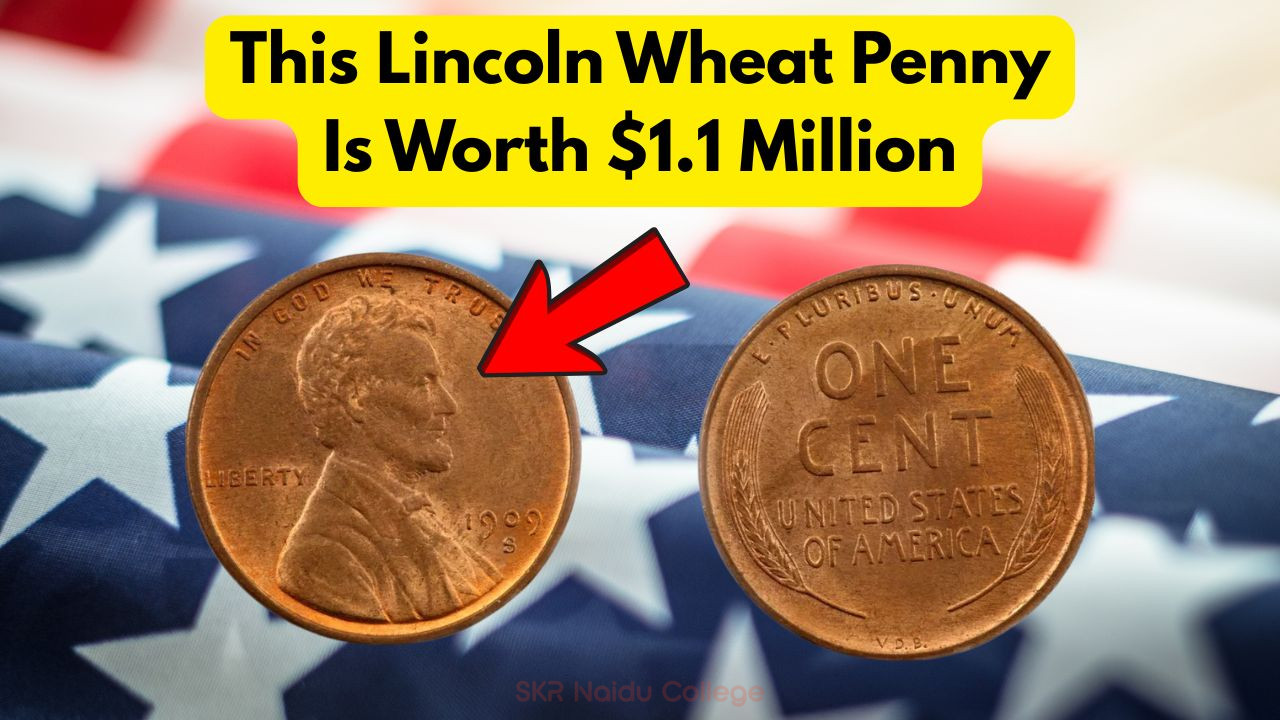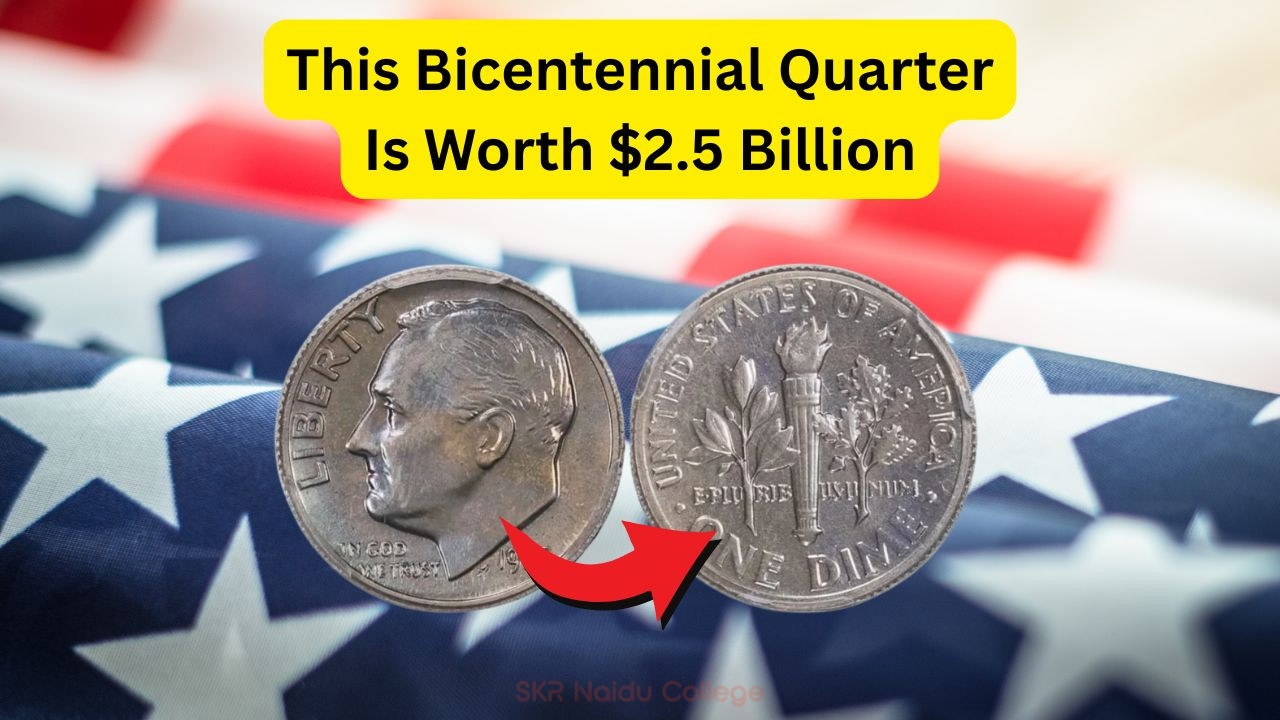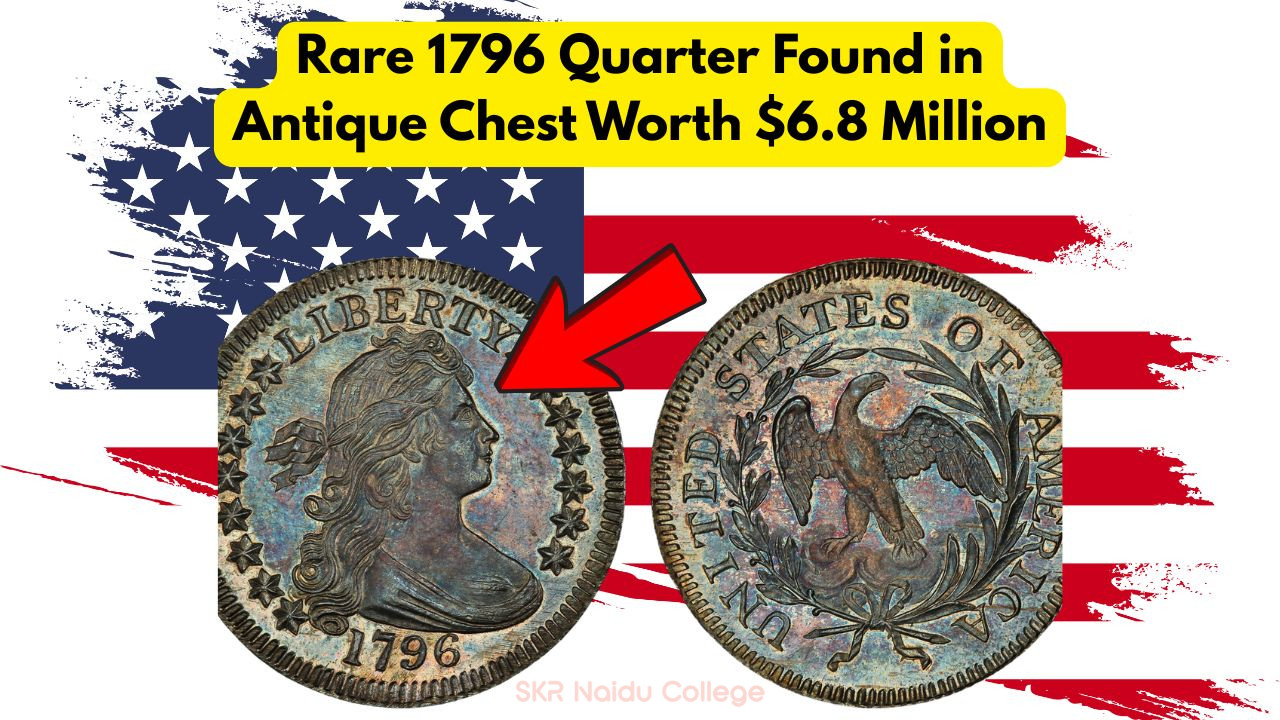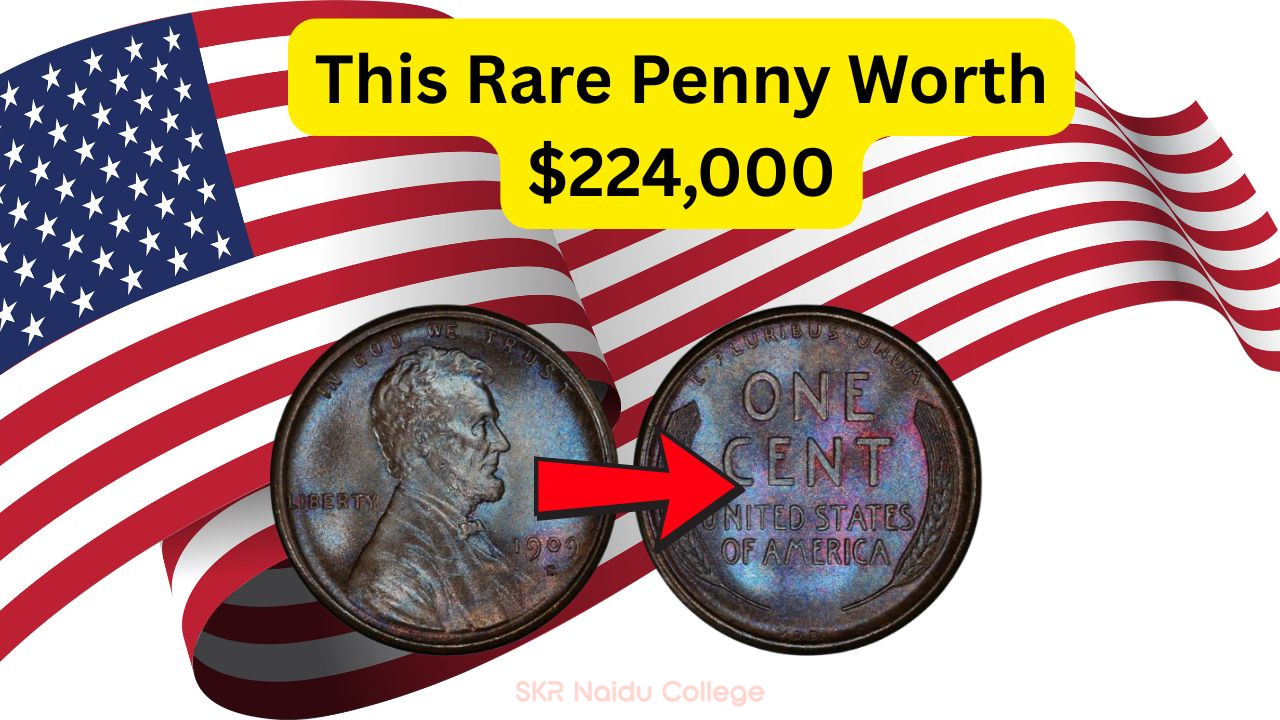Discover the Lincoln Wheat Penny: A numismatic marvel, the Lincoln Wheat Penny, continues to intrigue collectors and history enthusiasts alike. This iconic coin, which has been circulated since the early 20th century, carries with it a rich history and a potential for significant value. In this exploration, we’ll delve into the fascinating world of the Lincoln Wheat Penny, uncovering its historical significance and the reasons why one of these coins might be worth as much as $88 million.
The Fascinating History of the Lincoln Wheat Penny
The Lincoln Wheat Penny was first minted in 1909 to commemorate the 100th anniversary of Abraham Lincoln’s birth. Designed by Victor David Brenner, the penny marked the first time a U.S. coin featured a real person’s likeness. This bold move sparked interest and controversy, as it departed from the tradition of using symbolic imagery. The coin’s obverse (front) features a portrait of Lincoln, while the reverse (back) displays two wheat stalks, which symbolize prosperity and abundance.
- The coin was produced from 1909 to 1958, making it a staple of American currency for nearly five decades.
- Its introduction was part of a broader trend to modernize U.S. coinage and reflect contemporary values.
- The design was selected through a competitive process, highlighting Brenner’s distinctive style.
- During its production run, several variations and errors occurred, adding to the coin’s collectibility.
- Notably, the 1909-S V.D.B. penny is one of the most sought-after variations among collectors.
- The wheat penny’s popularity endures, with many collectors and hobbyists still seeking rare and valuable specimens.
- The coin’s historical context and unique design elements contribute to its enduring allure.
Why Some Lincoln Wheat Pennies Are Worth Millions
While most Lincoln Wheat Pennies are valued at a modest amount based on their age and condition, certain pennies have reached staggering valuations due to rarity and historical significance. The 1943 copper-alloy cent is one such example, known for its unique composition during a time when the U.S. Mint used steel to conserve copper for the war effort. Only a handful of these copper pennies are known to exist, making them highly prized by collectors.
- Rarity is a primary driver of value, with some variations existing in only a few known specimens.
- Historical errors and minting anomalies increase a coin’s desirability among collectors.
- The 1944 Steel Wheat Penny is another rare find, with only a few known examples.
- Provenance and historical context can elevate a coin’s value significantly.
- Coins in exceptional condition, such as those with uncirculated or proof status, command higher prices.
- Market demand and collector interest play crucial roles in determining a coin’s market value.
- Auctions and private sales often highlight the most valuable specimens, driving prices upward.
How to Identify Valuable Lincoln Wheat Pennies
Identifying a valuable Lincoln Wheat Penny requires a keen eye and knowledge of specific attributes that set it apart from common variants. Collectors often rely on mint marks, year of production, and condition to assess value. Mint marks, such as the “S” for San Francisco or “D” for Denver, can indicate a less common minting location, thus enhancing a coin’s rarity.
- Mint Marks: Look for “S” or “D” marks, which denote rarer mint locations.
- Year of Minting: Certain years, like 1909, 1914, and 1922, are known for valuable variants.
- Condition: Coins in mint state or with minimal wear are more valuable.
- Errors: Misstrikes or design errors can significantly increase worth.
- Composition: Unique compositions, such as the 1943 copper penny, are highly sought after.
- Historical Significance: Coins from significant historical periods may carry additional value.
- Grading: Professional grading services provide objective assessments of condition and authenticity.
| Year | Mint Mark | Notable Varieties |
|---|---|---|
| 1909 | S | V.D.B. Initials |
| 1943 | D | Copper Alloy |
| 1944 | P | Steel Composition |
| 1955 | P | Double Die Obverse |
| 1922 | None | No D Mint Mark |
| 1931 | S | Low Mintage |
| 1914 | D | Rare Mint Mark |
| 1909 | P | V.D.B. Initials |
The Impact of the Lincoln Wheat Penny on Numismatics
The Lincoln Wheat Penny has left an indelible mark on the field of numismatics, influencing both collectors and the broader understanding of coinage history. As one of the most widely collected coins in the United States, it serves as a gateway for many enthusiasts entering the hobby. The penny’s rich history and enduring popularity underscore its role as a cornerstone of coin collecting culture.
- Influence on Collecting: The penny’s widespread availability makes it a popular entry point for new collectors.
- Its historical significance fosters interest in American history and numismatics.
- The penny’s design evolution reflects broader trends in U.S. coinage and art.
- Collectors often use the wheat penny to learn about grading and valuation techniques.
- Educational Tool: The coin serves as a learning resource for understanding minting processes and errors.
How to Start Your Lincoln Wheat Penny Collection
Beginning a collection of Lincoln Wheat Pennies can be a rewarding journey into numismatics, offering insights into U.S. history and the intricacies of coin collecting. Aspiring collectors should start by familiarizing themselves with the basic design elements and variations of the wheat penny. Knowledge of mint marks, key years, and common errors will help in identifying valuable specimens.
- Start by acquiring a comprehensive guidebook on Lincoln Wheat Pennies.
- Seek Quality: Focus on obtaining coins in the best condition possible within your budget.
- Join collector forums and communities to exchange knowledge and resources.
- Consider purchasing from reputable dealers to ensure authenticity.
- Attend numismatic fairs and coin shows to expand your collection and network.
- Invest in protective storage to maintain the condition of your coins.
Popular Lincoln Wheat Penny Variants to Look For
Several Lincoln Wheat Penny variants are particularly prized among collectors for their rarity and historical significance. Understanding these popular variants can enhance your collecting strategy and potentially lead to valuable acquisitions. The 1909-S V.D.B. penny tops the list, with its limited mintage and distinctive designer initials making it a cornerstone of any serious collection.
| Variant | Year | Mint Mark | Value Potential |
|---|---|---|---|
| 1909-S V.D.B. | 1909 | S | High |
| 1943 Copper | 1943 | D | Very High |
| 1955 Double Die | 1955 | P | High |
| 1922 No D | 1922 | None | High |
Factors Affecting the Value of Lincoln Wheat Pennies
Multiple factors contribute to the value of Lincoln Wheat Pennies, with rarity and condition being the most significant. Coins that exhibit unique characteristics, such as minting errors or historical provenance, often command higher prices. Understanding these factors can guide collectors in making informed purchasing decisions and assessing their collections.
- Rarity: The scarcer the coin, the higher its potential value.
- Condition: Well-preserved coins with minimal wear are more desirable.
- Historical Context: Coins minted during significant periods may have additional value.
- Mint Marks: Certain mint marks denote rarer production runs.
- Demand: Market interest can drive up prices of specific variants.
- Provenance: A coin’s history of ownership may increase its collectibility.
- Unique Features: Errors and anomalies add intrigue and desirability.
- Professional Grading: Certified coins provide assurance of authenticity and condition.
The Role of Auctions in the Lincoln Wheat Penny Market
Auctions play a crucial role in the Lincoln Wheat Penny market, often setting record prices for rare and exceptional coins. These events attract collectors and investors from around the world, eager to add prestigious specimens to their collections. Auctions provide a platform for showcasing the most valuable pennies, and the competitive bidding process can drive prices to new heights.
- Notable auction houses include Heritage Auctions and Stack’s Bowers Galleries.
- Rare coins often achieve premium prices in competitive auction settings.
- Auctions offer transparency and a level playing field for buyers and sellers.
- Collectors can track auction results to gauge market trends and valuations.
- Online auctions have expanded access to global collectors, increasing demand.
- Pre-auction estimates provide insight into a coin’s potential market value.
- Consignment opportunities allow collectors to sell valuable coins through reputable channels.
- Live bidding events create excitement and competition among participants.
Investment Potential of Lincoln Wheat Pennies
Investing in Lincoln Wheat Pennies
can be a rewarding pursuit for those with a keen interest in numismatics and a willingness to research the market. These coins offer a tangible connection to history and a potential for financial appreciation over time. As with any investment, understanding the risks and rewards is essential to making informed decisions.
Rarity and Demand:
Rare coins with high collector demand generally offer better investment prospects. The Lincoln Wheat Penny’s enduring popularity makes it an attractive option for long-term appreciation.
Market Volatility:
Like other collectibles, coin values can fluctuate based on market trends and economic factors. Diversifying a collection can mitigate these risks.
Grading and Authentication:
Professional grading services enhance a coin’s credibility and marketability, providing buyers with confidence in their investments.
Historical Significance:
Coins with ties to significant historical events or figures may appreciate due to their unique stories and cultural relevance.
Long-Term Perspective:
Investing in coins requires patience and a long-term outlook, as values may take time to mature.
